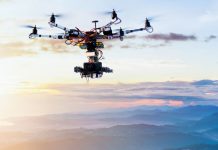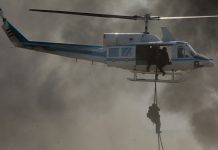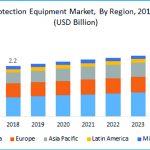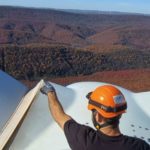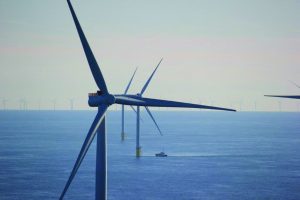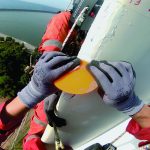Global leader in Dropped Object (Drops) prevention, Dropsafe, has called for a more systematic approach to tackling Drops throughout the offshore wind supply chain. This follows the publication of 2019 data by the G+ Global Offshore Wind Safety Organisation showing an overall rise in reported Drops incidents in the sector.
Dropsafe maintains that, rather than focusing Drops prevention exclusively on retroactive on-site mitigation strategies such as secondary securing, Drops risks must be considered throughout the full lifecycle of a wind-turbine fleet — from design and manufacture of equipment to installation, operations and maintenance (O&M), and decommissioning.
The G+ 2019 incident data report, released in July, shows that, in 2019, there were 92 Drops incidents, representing an increase of 44 percent from 2018. This upward trend has been attributed to improved reporting but underlines the severity of the threat to offshore-wind personnel, alongside the reputation and financial standing of businesses in the sector.
High potential (HiPo) incidents decreased compared to the previous year, with 38 percent of Drops incidents classified as high potential in 2019 compared to 61 percent in 2018.
Dropsafe has drawn parallels to the experience of businesses in offshore oil & gas, which saw a comparable trend in Drops incidents 20 years ago. The offshore drilling sector subsequently took decisive action to “self-regulate” on Drops risks. Industry working group DROPS was formed to facilitate systematic action on Drops prevention, leading to an advanced, supply chain wide culture of Drops prevention.
In particular, while Drops prevention technologies such as secondary securing, barriers, netting, and tool tethering are vital, DROPS advocates a hierarchy of controls that starts with designing equipment and processes in such a way that risks are minimized before these systems need to be installed.
More info www.dropsafe.com
















